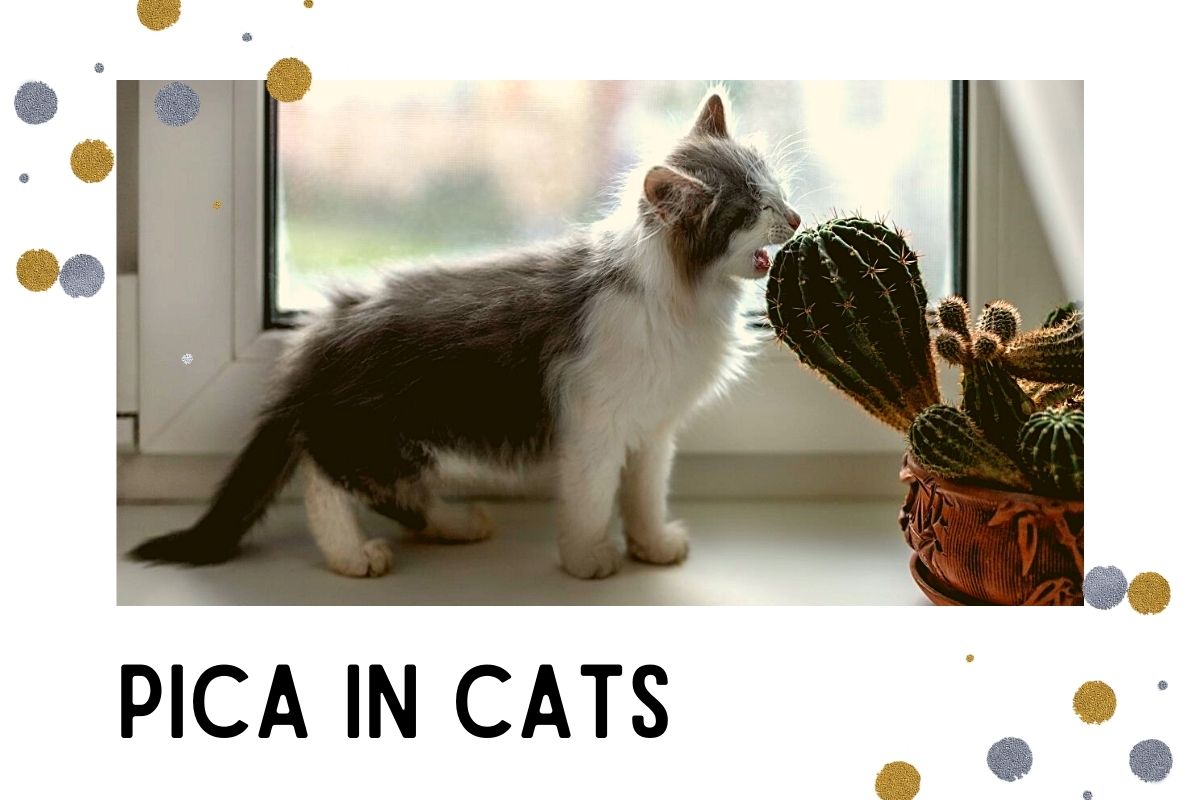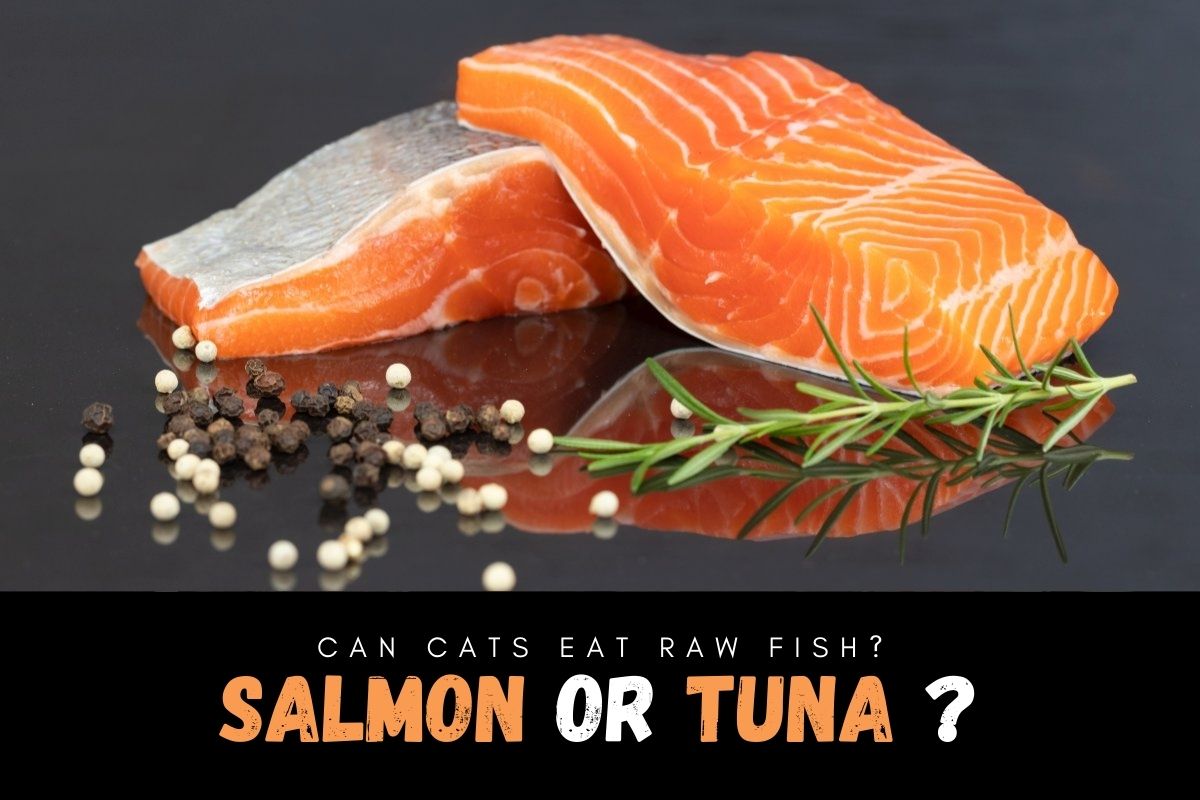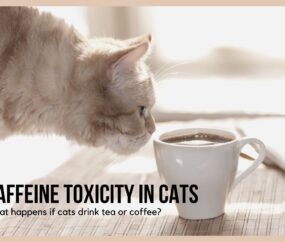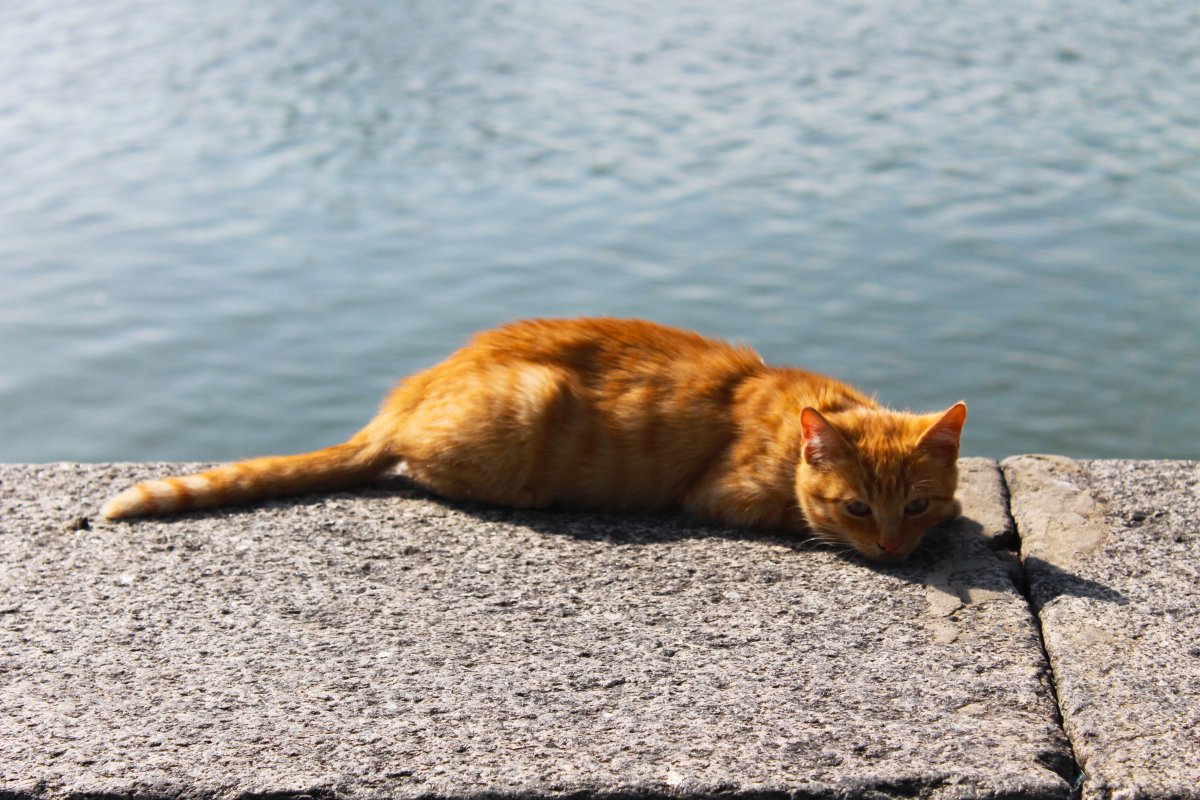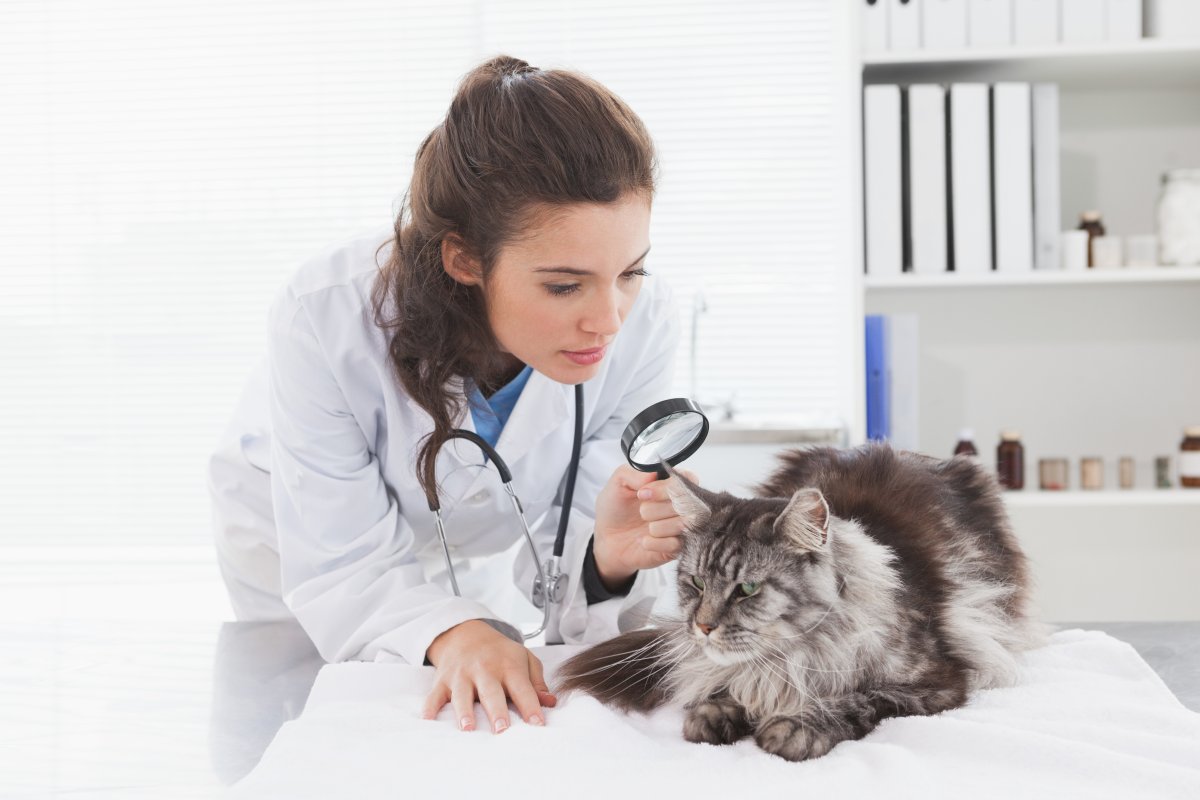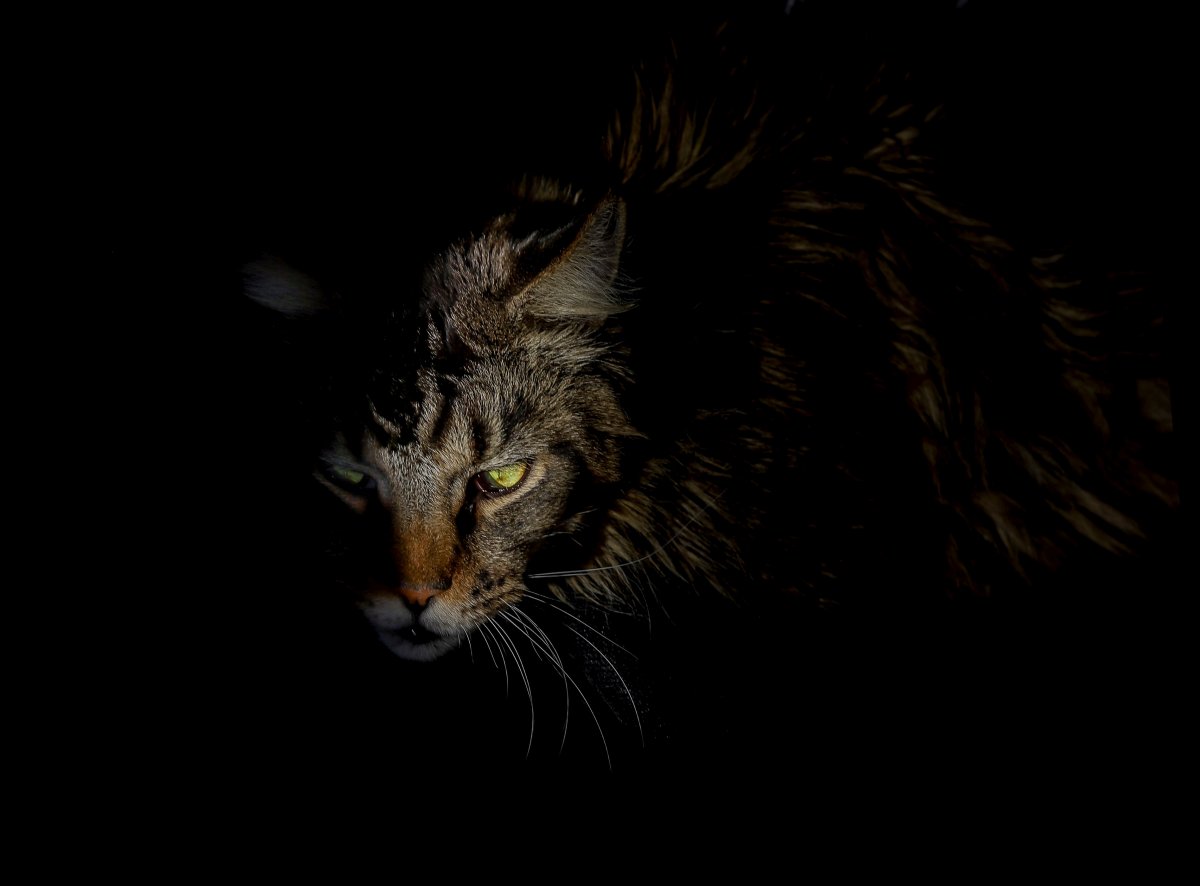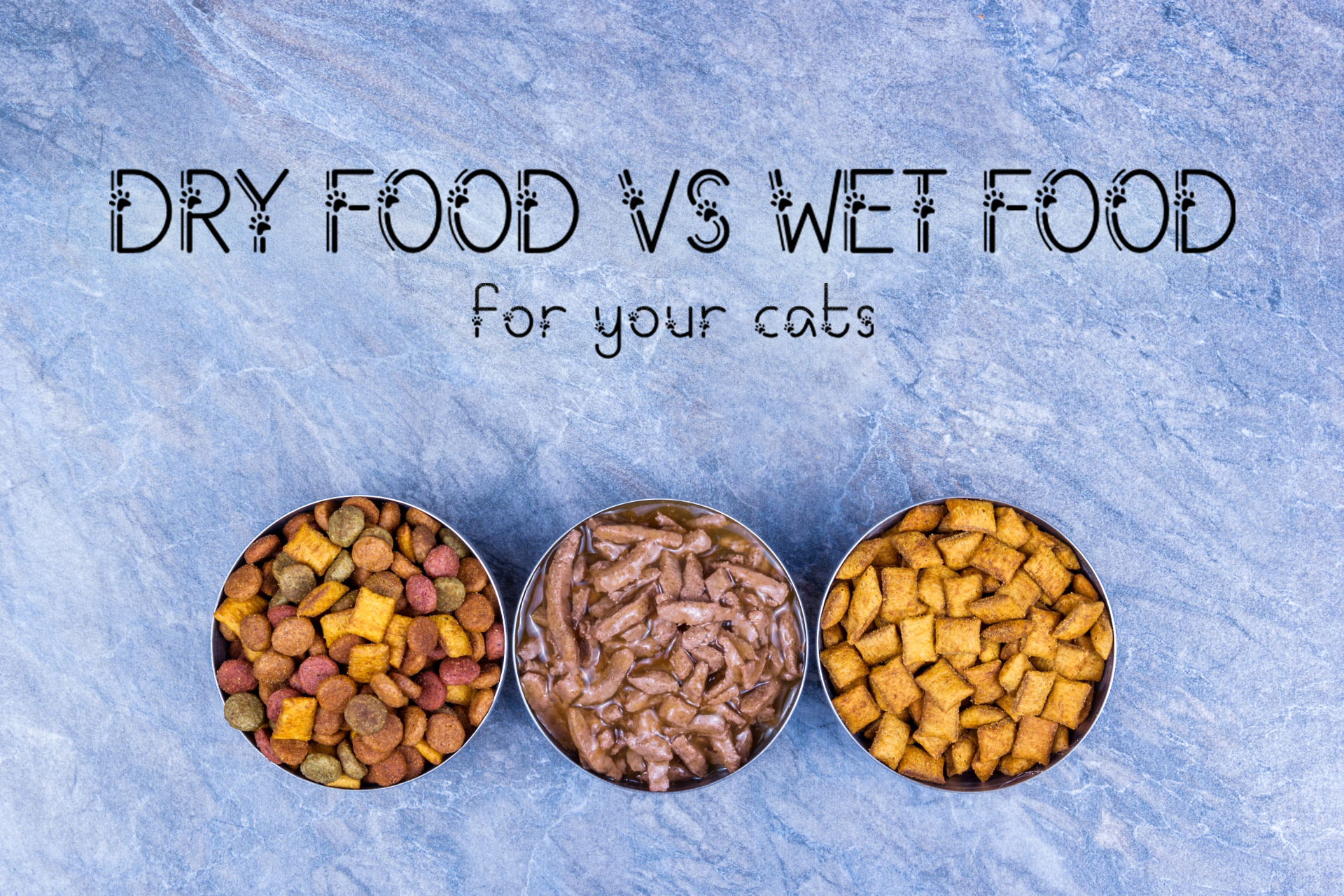Have you ever noticed your cat munching on plants or threads and other random non-food items found in the household? Even if you have, you may have most likely disregarded it as something trivial, but in reality, this habit is known as pica in cats disorder and can pose serious problems for your cat’s wellbeing.
Therefore, we strongly advise you to pay close attention to this issue and start reading through this article. We will provide information on signs of pica in cats, the reasons your cat may have a craving for non-food items, and the treatment strategies to prevent feline pica.
What Is Feline Pica?
Pica in cats is when cats eat non-edible items such as plastic, rubber, dirt, soil, threads, paper, or other random things that have no nutritional value for your cats. The feline pica disorder does not relate to a particular age of cats but is somewhat common in younger cats such as kittens.
Cats begin by simply chewing and sucking on these materials and slowly progress into actually digesting and swallowing those items.
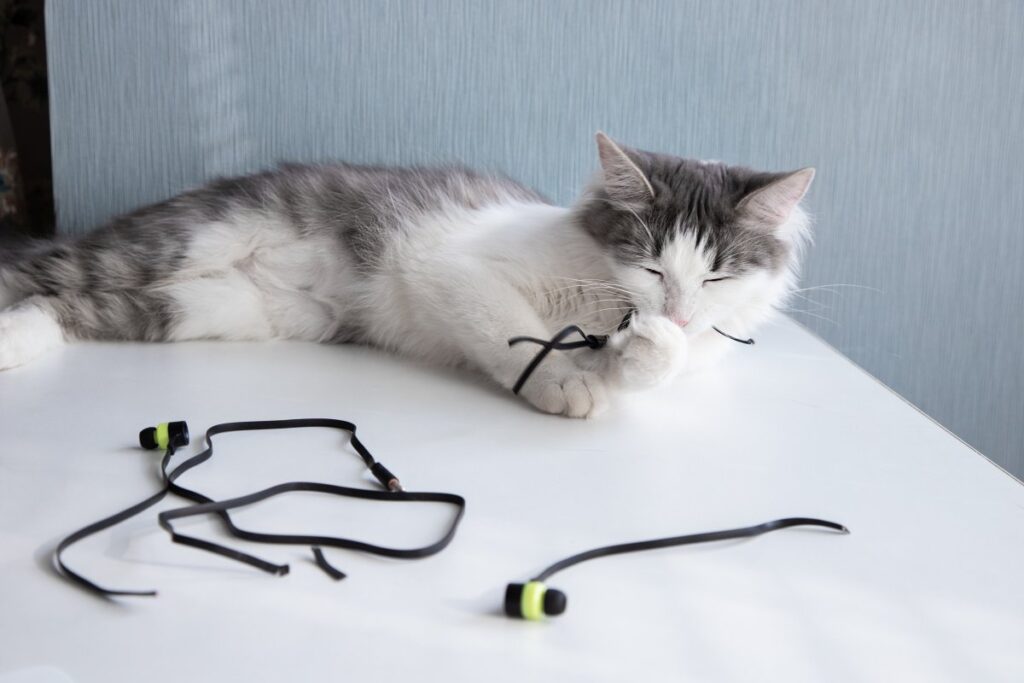
Why Is It Dangerous?
Pica in cats can cause serious health consequences to your cat if it is not appropriately addressed in time because the non-edible items can block the cat’s intestinal tract.
Unfortunately, there is not much research or understanding on feline pica disorder. Still, it is somewhat believed that it could cause your cat’s stress or medical conditions such as constipation.
Causes of Pica in Cats
Boredom
Environmental causes such as boredom or stress can encourage your cat to relieve stress by engaging in activities such as eating random things around the house.
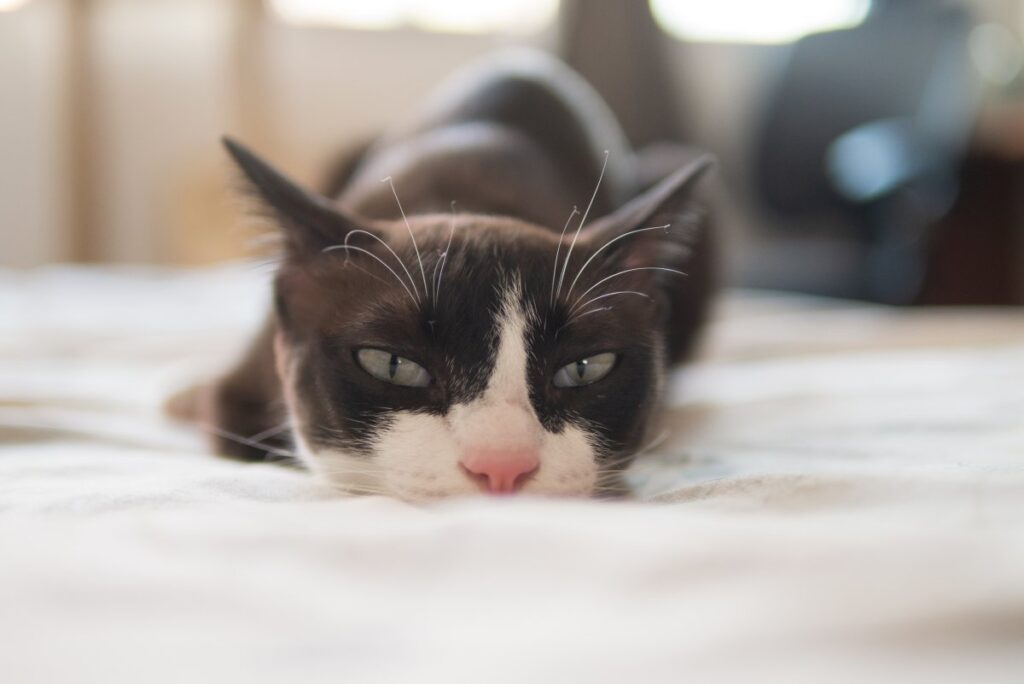
Similarly, a lack of playtime or social activities can make your cat depressed. They may tend to act out by munching on random things, hoping to get your attention and time. Therefore, a lack of stimulation can make your cat do things and turn to this disorder for entertainment and fighting boredom.
Nutritional Deficiency
Pica in cats generally stems from their cravings for non-food items, which frequently can cause nutritional deficiency or an improper diet that lacks vitamins and minerals essential to keeping your cat’s appetite satisfied.
As a result, cats will turn to eat whatever it finds attractive in the hope of filling that void of nutrients due to the cravings it produces.
Several medical conditions may contribute to the cause of pica in cats, but these are considered relatively rarer than the causes mentioned above. Nonetheless, some of these medical conditions are as follows.
Diabetes
Due to blood sugar inconsistencies, your cat may begin to develop cravings for food other than those already fed to them. Therefore, they may start to eat non-food items.
Feline Immunodeficiency Virus ( FIV )
This virus is common among cats, and it attacks and weakens the feline’s immune system, which leads to your cat feeling more of a need to chew or eat non-food items.
Feline Leukemia
This illness is the second most common cause of death in cats, and it also attacks the cat’s immune system similar to FIV, which as a result, persuades your cat to bite on non-food items.
Signs of Pica in Cats
One of the most obvious signs your cat might have pica is when they start to chew and swallow non-food items.
These items can range from plastic, houseplants or plants in the lawn, cardboard, and fabrics, among other things. But besides this, what other symptoms relate to pica in cats?
Vomiting
If your cat has vomited and you see non-food items that are different from its food, then you might have a case of pica in your cat.
Additionally, the vomit may have been caused by the blockage in its intestinal tract, as we mentioned earlier.
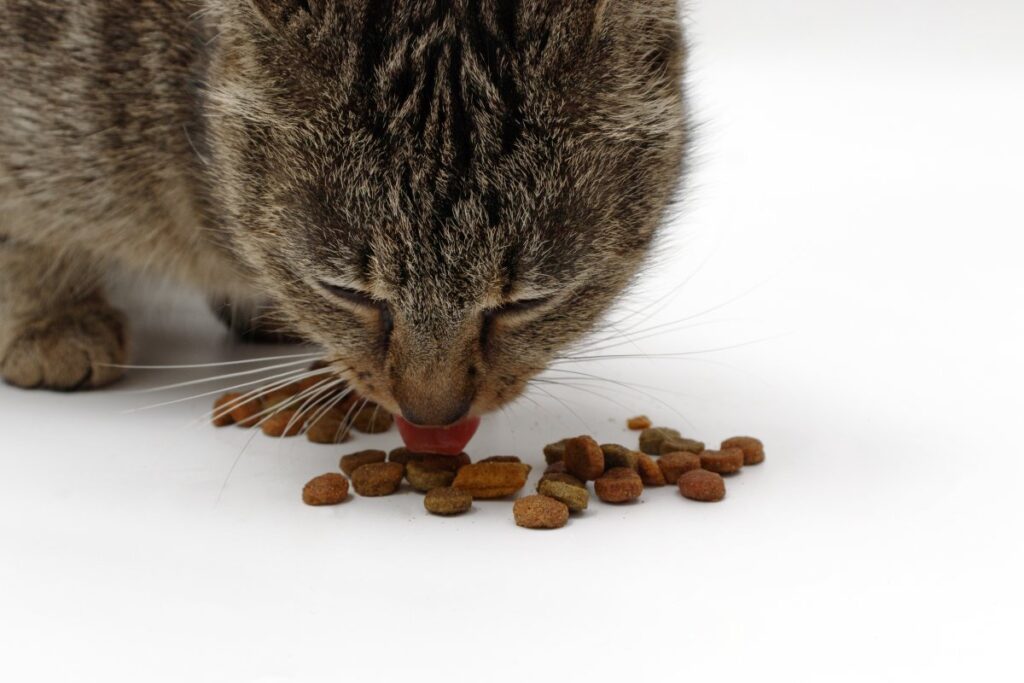
Change in Appetite
Cats that have pica disorder may have sudden changes in their eating routines, which may have been primarily due to intestinal blockage.
After eating non-food items, the cat may not have much appetite for its real food.
Tips for Treating Pica In Cats
- The first step you should take once you are certain that your cat has pica is to visit a veterinarian to identify if there is a medical condition that needs special attention.
- You should also consider providing your cat with sufficient mental stimulation, whether that means enough playtime outdoors to chew toys for cats with pica. This will ensure that your cat does not fall into boredom and turn to eat non-edible items.
- Another thing you should do is make sure that your household is safe for your cat in terms of items laying around that may tempt your cat to chew on and eventually swallow. You might also want to spray certain things with a feline deterrent.
- Most cats need enough playtime, which allows them to release all the built-in energy and sometimes stress that helps with preventing them from eating non-food items. With that being said, you should take some time out of your day to give your cat some playtime, whether using a laser pointer or chewing toys for cats in pica.
Final Thoughts
Most cats with pica disorder tend to grow out of it given enough time. However, suppose your cat has continuously displayed the same behavior and has not changed after applying the treatments above.
In that case, you may want to refer to a veterinary behaviorist to get to the bottom of this issue and find what works best for your feline friend. We understand that nobody wants to see their beloved pet harm themselves senselessly. Thus, providing you information on this issue is the least we can do. We hope this article comes in handy for you.

